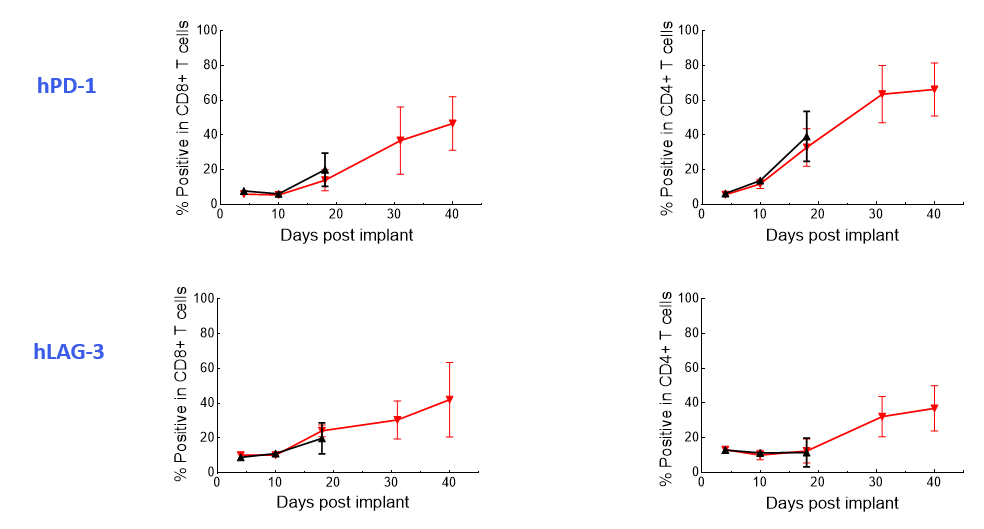Adoptive cell therapy (ACT) with T-cells reprogrammed to express chimeric antigen receptors (CAR T-cells) bind specific antigens on the surface of cancer cells and trigger a cytotoxic response. CAR T-cell therapies have been successful in patients with hematological malignancies; however, patients remain at risk of relapse due to short-term persistence or non-expansion of CAR T-cells.1,2 This requirement for persistence is more evident in solid tumors as the hostile tumor microenvironment induces T-cell exhaustion.3,4 Studies have found that genomic and phenotypic features of CAR T-cells were major determinants of their persistence. Clinical results have shown that stemness and a memory-cell-like phenotype can promote sustained in vivo persistence of adoptively transferred CAR T-cells.3,4
For example, CAR T-cells expressing a CD28 costimulatory domain exhibited an increased expression of T-cell exhaustion-related genes and were reported to only persist up to three months in clinical trials of patients with relapsed or refractory acute lymphoblastic leukemia (R/R ALL).5 Conversely, CAR T-cells containing the 4-1BB costimulatory domain with the same antigen specificity reduced the exhausted phenotype and were found to persist for up to five years and more than six months in almost all evaluated patients with R/R ALL.5 Preclinical studies investigating 4-1BB expressing CAR constructs have shown long CAR T-cell persistence and a higher proportion of memory T-cells.6
Therefore, establishing reliable methods of tracking not only CAR T-cell numbers but also activation/exhaustion markers such as costimulatory molecules and inhibitory receptors on the CAR T-cell surface is essential to determine long-term efficacy and T-cell fitness over time after infusion into the host. Following up on our basic PersistenceT™ panel (Spotlight: Determining preclinical CAR T-cell persistence by flow cytometry), we have now developed customizable Expanded PersistenceT panels to perform a deeper longitudinal analysis of both circulating CAR T-cells count and activation/exhaustion marker expression.
Table 1. Expanded PersistenceT panel of antibodies and descriptions of their use








